Protection Layers Analysis - What is LOPA?
Process hazard analyzes carried out within the scope of Process Safety are carried out by identifying hazards, evaluating and analyzing risks and managing them. The identification of process hazards can be carried out using qualitative techniques such as the HAZOP Study. However, when it comes to planning the investments, numerical equivalents of the safety instrumented function (SIF) created using hazard determination tools should be determined.
At this point, IEC 61508 and IEC 61511 standards allow us to determine the level of safety integrity within Functional Safety.
How can I determine the SIL level of my system with the required safety instrument?
According to IEC 61508: part 5 and IEC 61511: part 3, the SIL requirement can be determined using the following methods.
- ALARP Method
- Risk Graph Method
- Risk Matrix Method
- Fault Tree Analysis– FTA
- Layers of Protection Analysis (LOPA)
The most recommended and most applicable method by experts in Process Safety projects is the Layers of Protection Analysis (LOPA) approach. Approach Feeding on hazard detection techniques such as HAZOP Study, it helps us to determine the safety integrity level (SIL) required in the current operation for high risk scenarios.
The LOPA approach was developed in the late 1990s by the Center for Chemical Process Safety (CCPS) and published its first book in 2001. It is generally known as risk estimation method.
The CCPS Center for Chemical Process Safety has published three books for the LOPA approach;
Safe, How Safe?
For the scenarios identified in the LOPA approach, the following questions are sought: Safe, how safe? In order to realize the scenario, the adequacy of preventive and limiting barriers such as basic process control system, alarm and operator intervention, pressure relief systems, fire and gas detection systems are analyzed.

Each scenario to be analyzed in the LOPA approach is completed with a difference analysis performed according to the target values determined in the country legislation or enterprise management systems. The Regulation on Prevention and Mitigation of Major Industrial Accidents in Turkey has set the target value (ALARP) as 1 * 10-4 / year.
With the LOPA approach, we determine the need for the Safety Integrity Limit (SIL) of the Safety Instrumented Function (SIF).

Advantages of LOPA Approach
- Layer of protection analysis provides rational, semi-quantitative and risk-based answers to detailed questions.
- Layer of protection analysis is not based on interpretation, it provides accurate results with reference numerical values.
- Layer of protection analysis is a highly consistent approach when operated in a systematic manner specified within the Process Safety Management System.
- As in the HAZOP study, a well-established team has a positive impact on the safety culture of the organization
Terms to Know in LOPA Approach
- Initiating Event: The event that leads the scenario to an unwanted result.
- Barrier – Safe Guard: will prevent or mitigate the sequence of initiating events and subsequent events; a device, system, or action.
- BPCS: Responds to input signals from the process and / or operator intervention, generates output signals, and ensures that the process operates as desired. The Basic Process Control System (BPCS) automatically regulates the process within normal production limits; sensors, logical resolver and final control elements. HMI (insan makine arayüzü) içerir.
- Passive Barrier: (Click for Description)
- Active Barrier: (Click for explanation)
- Independent Protection Layer (IPL): A device, system, or action that can prevent the scenario from advancing to an undesirable result, regardless of the event that initiated the scenario or the action of any other protection layer associated with the scenario. The performance of the individual protection layer is not affected by the initiating event and the failures of other protection layers. The effect and independence of the independent protection layer must be controllable.
- SIL: Defines the performance criterion of the safety-instrument function (SIF) and the probability of failure of the safety-instrument function (SIF), which fails to fulfill its function on request.
- SIF: A combination of sensors, logical analyzers and end elements that detect an abnormal condition, secure the process without human intervention or initiate a trained operator intervention for safety and have a certain level of safety integrity (SIL).
- SIS: A combination of sensors, logical analyzers and end elements that perform one or more safety instrument functions (SIFs).
All of the above terms should be examined and learned before the LOPA study – layer of protection analysis.

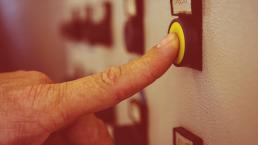
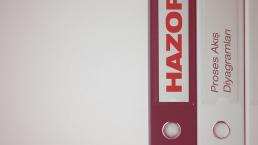




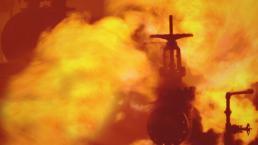


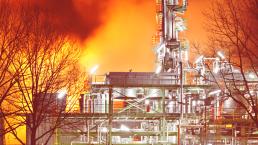
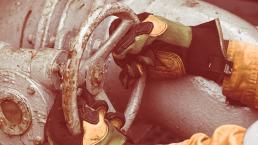
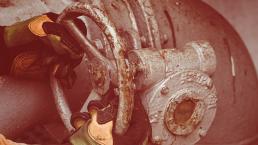

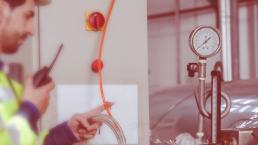


 Takipte Kalın
Takipte Kalın